The Abaka AI artificial intelligence glossary
To help those who are just learning about the nuances of AI, we have developed the below Artificial Intelligence Glossary, a list of words and terms which can help prepare you for when AI starts to become a part your everyday conversations.
More than just robots seeking to terminate or games looking to self-engage in a challenge versus humans, artificial intelligence (AI) is the application of complex programmatic math in which the outcome, combined with high quality training data, becomes the technological advances we see occurring in our everyday lives. From self-driving cars to finding cures for cancer, artificial intelligence applied in the real world is becoming a way of life.


